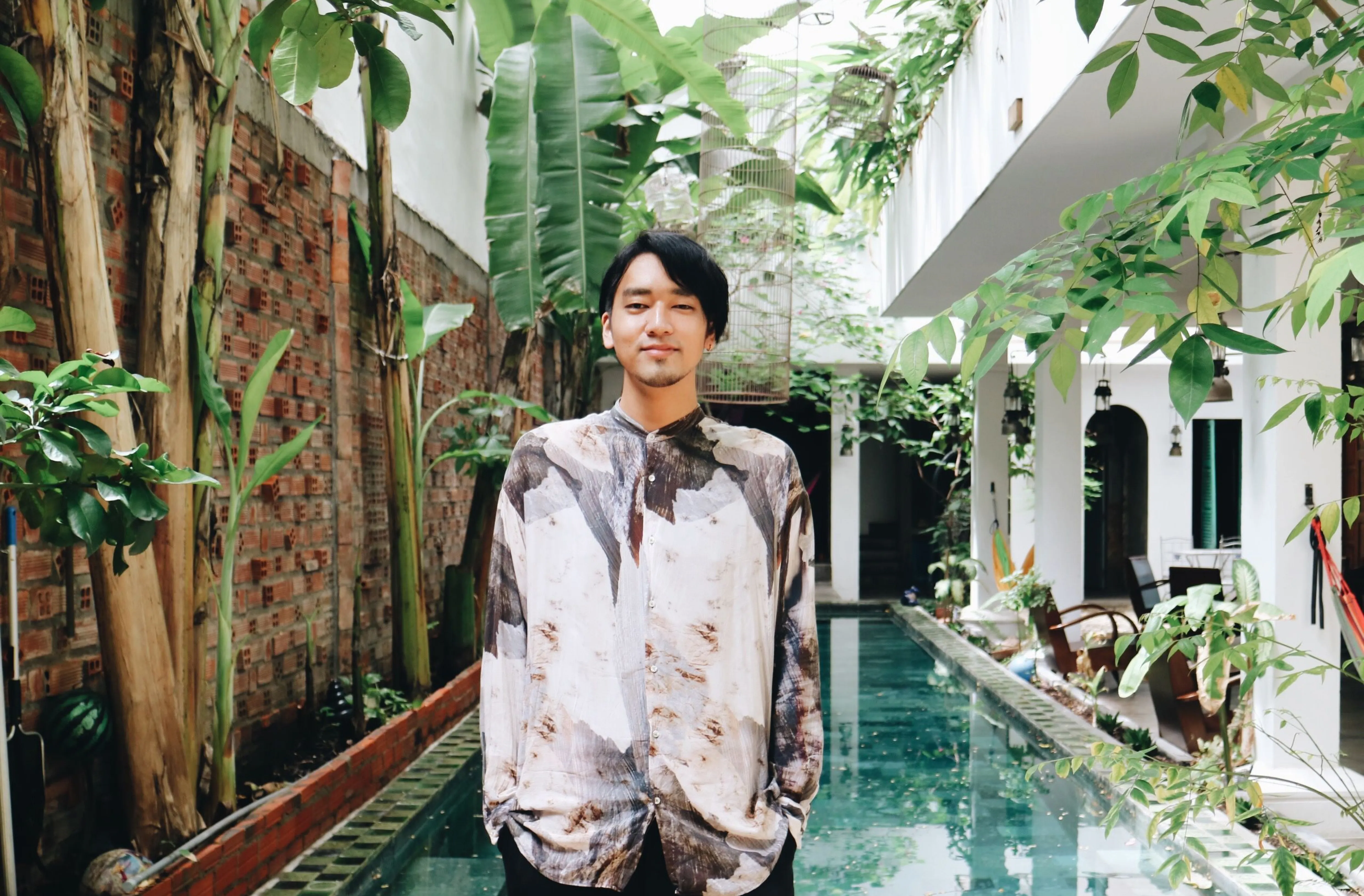Architect: Takahito Yamada
Studio Anettai is an architectural design and 3D perspective production firm based in Ho Chi Minh City, Vietnam. We also specializing in architecture and interior design. We have been engaged in a wide range of design work, aiming to create tropical themed architecture, such as semi-outdoor spaces that take advantage of the tropical climate and lush green spaces with tropical plants. Unlike Japan, where design is often carried out using architectural models, it is difficult to secure quality modeling materials in Vietnam; therefore, design is often carried out using 3D models. Having such background, we thought that establishing a 3D perspective studio parallel with our design work would provide good feedback not only for our business but also for our own designs. As an architectural design firm, we are not merely the hands and feet of our clients, but we are their brains and eyes, working together to create their images.
Although 3D is a solution to the problem of communication issue, it is still a bit frustrating for us that wants to give millimeter-by-millimeter instructions in drawings. In the past two years, a new barrier called COVID-19 has appeared, making it difficult to meet the client or construction company face to face, and we feel that a new communication method needs to be established.
In terms of architectural design in Southeast Asia, biggest challenge is in communication. It is not just about the language barrier; many construction companies here cannot read the archtectual language, in other words, drawings. In Japan, if you give them drawings, they can do exactly what they are intended to do, and you can even expect suggestions and advice from the construction side. On the other hand, in Vietnam, there are many workers who cannot read drawings, and due to language and cultural barriers, as well as literacy in design, there is no common language. For this reason, 3D perspective is a powerful weapon that can be used to create the image as imagined even if the drawings cannot be read. I believe that there is a culture unique to Vietnam where 3D is prioritized over drawings.
In terms of the relationship between architecture and VR, 'metaverse' has been making the rounds. Although it sounds close to the architectural industry, I feel that the architectural community has been very slow to react to it. Clearly, not many people in the industry are trying them out. If people are not interested because they don't know what it is, I feel it is a shame.
I think people should al least try it out once and see how useful it can be. How it will affect the building industry is unknown, but even if 1% of the 35,000 members of the Architectural Institute of Japan is engaged, there will be people who can come up with a variety of ways to use it. In that sense, I am very grateful to have been asked to participate in comony. Architecture is a very complex field, and it is very difficult to change the way things are done, but I believe that we should seize this opportunity and take action.
I think there are two patterns: one is to use comony to create a real space, and the other is to design and build within the virtual space of comony.
For the former, I expect comony to serve as a communication tool to connect the client, the construction company, and the designer. Since we can intuitively understand the space, as long as we enter the space, we can experience it together and create a kind of blueprint of the final form within everyone's mind. I think this is a great thing. If you can't convey a message in words or drawings, you have no choice but to show the space. However, I think that even models are still too abstract. In contrast, comony is a very powerful communication tool because it allows us to share the realistic feeling of materials and the sense of dimensions when we actually see the space.
Another potential use we are looking forward to is the possibility of VR architecture, which is designed within a virtual space comony. We are currently experimenting with comony to create a space that could be called a virtual portfolio of Anettai’s work. Although we do not have any concrete content at this time, we would like to create a space where value is created there through human intervention, rather than simply creating architecture and calling it done. It would be interesting to involve not only design firms, but also designers, companies, students, and various other users, and to create a platform where they can organize their own events, use it as an office, hold conferences, and other various contents on their own initiative.
Ultimately, I think it would be great if we could create architecture on comony that is as impressive and tangible as the real thing. If a third party can come into contact with architecture that does not yet exist, and if we can find a good client or a good construction company that shares our feelings, it may become possible to build in real space while keeping the concept shared by everyone. The possibility of being able to do the opposite of what we have been doing in real space is interesting, and I think it is a unique feature of comony that other metaverse platforms cannot do.
In architectural design, we do a process called abstraction when we make architectural models. We do not make a blank model because it is troublesome, but we make an abstracted model in order to express the important parts, the parts we want to show, and the parts we want to confirm ourselves.
By adjusting this abstraction process, comony will be able to deliver to the general public in an easy-to-understand manner the appeal of architectural spaces that conventional architectural models have been unable to convey. By taking advantage of the ability to stand in a space at 1/1 the scale of the actual space, and by pursuing more architecture-specific functions, we expect that comony will be able to sublimate itself into a one-of-a-kind service with a personality that architectural models, 3DCAD, and social VR alone cannot achieve.

